
If You’ve Noticed Ridges in Your Fingernails, This Is What It Really Means
Have you ever glanced down at your hands and noticed tiny raised lines running along your fingernails? For many people, these ridges can be surprising or even a little worrying — especially if they seem to appear suddenly or become more visible over time.

But here’s the truth: most nail ridges are completely harmless, and in many cases, they’re simply a natural part of how our nails grow.
In this article, we’ll break down what these ridges mean, what causes them, when to be concerned, and how to keep your nails looking healthy and smooth.
What are Nail Ridges?
Nail ridges are lines or grooves that run across the nail surface. They come in two forms:
- Vertical ridges: Run from the cuticle to the tip of the nail
- Horizontal ridges: Run side-to-side across the nail
The type you have makes a big difference in the possible cause.
Most people who notice ridges have the vertical kind, which are usually harmless and extremely common.

Vertical Ridges: The Most Common Type — and Usually Nothing to Worry About
Vertical ridges are ridges that run in the same direction as your nail growth, from the base to the tip. These are what most people see, and they’re almost always benign.
Natural Aging
As we age, the nail matrix — the part under the cuticle that forms your nail — produces keratin more unevenly. This leads to ridges that are often compared to tiny “wrinkles” in the nail.
Dry Nails and Cuticles
Dehydration of the nail plate is one of the biggest reasons ridges become more noticeable. Common culprits include:
- Frequent handwashing
- Harsh soaps or cleaning products
- Cold, dry weather
- Using acetone or frequent nail polish
When the nail lacks moisture, its surface looks and feels less smooth.

Minor Trauma to the Nail Bed
Tapping your nails, picking at cuticles, or even light accidental bumps can cause temporary disruptions in nail growth, creating faint ridges.
Mild Nutrient Deficiencies (Less Common)
In some cases, deficiencies in nutrients such as iron, vitamin B12, or magnesium may emphasize ridging, but this is rare unless other symptoms are present.
Horizontal Ridges: When Ridges Could Indicate a Health Issue
While vertical ridges are usually harmless, horizontal ridges (also known as Beau’s lines) can be a sign of a deeper issue, because they indicate a pause or disruption in nail growth.
These ridges may appear after:
- A major illness
- Severe stress
- Chemotherapy
- High fever
- Significant injury to the nail
If you see deep horizontal grooves—and especially if multiple nails are affected—it’s a good idea to consult a healthcare professional.

When Should You Be Concerned About Nail Ridges?
Most nail ridges aren’t a cause for panic. However, consider reaching out to a doctor or dermatologist if you notice:
- Sudden, dramatic changes in your nails
- Discoloration (yellow, brown, black streaks)
- Nails that split, crumble, or lift
- Pain, swelling, or redness around the nail
- Horizontal lines or deep grooves
Changes in nails can sometimes reflect health issues, but again, vertical ridges alone are rarely a sign of something serious.
How to Reduce the Appearance of Nail Ridges
Even though vertical ridges are harmless, many people prefer smoother-looking nails. Here are expert-approved ways to improve their appearance naturally:
1. Moisturize Regularly
Hydration is key. Use:
- Cuticle oil (jojoba, vitamin E, almond oil)
- A rich hand cream
Apply daily, especially after washing your hands.

2. Protect Your Hands
Wear gloves when:
- Cleaning
- Washing dishes
- Gardening
This prevents dryness and protects the nail matrix from trauma.
3. Avoid Over-Buffing
Buffing can smooth ridges temporarily, but overdoing it thins the nail and makes breakage more likely. Limit buffing to once every few weeks.
4. Keep Nails Trimmed
Shorter nails are less likely to catch and bend, reducing micro-injuries that worsen ridges.
5. Stay Hydrated and Maintain Balanced Nutrition
Make sure you’re getting enough:
- Iron
- B12
- Biotin
- Protein
- Healthy fats
These support strong, healthy nails.
6. Consider a Ridge-Filling Base Coat
If you enjoy manicures, ridge-filling products can make the nail surface look smoother under polish.

What Your Nail Ridges Likely Mean
Based on the typical appearance of vertical ridges — like the ones many people notice — the cause is usually:
- Normal aging
- Dryness
- Minor, everyday trauma
They’re not typically linked to disease, infection, or deficiencies.
If your ridges have been there for a long time, are evenly spaced, and don’t come with other symptoms, they’re almost certainly normal and harmless.
The Bottom Line
Nail ridges are extremely common, and in most cases, they’re simply a harmless sign of the natural growth process of your nails. Vertical ridges — the most common kind — usually reflect dryness or the natural aging of the nail, and they can be improved with good hydration and gentle nail care.
Unless your ridges are horizontal, painful, or paired with color changes, there’s rarely a reason to worry.
Your nails tell a story — and sometimes that story is simply that you use your hands every day, you’re human, and your body is doing exactly what it’s meant to do.
News in the same category


5 Herbs Your Liver Wished You’d Start Eating More Often (Or At Least Try!)
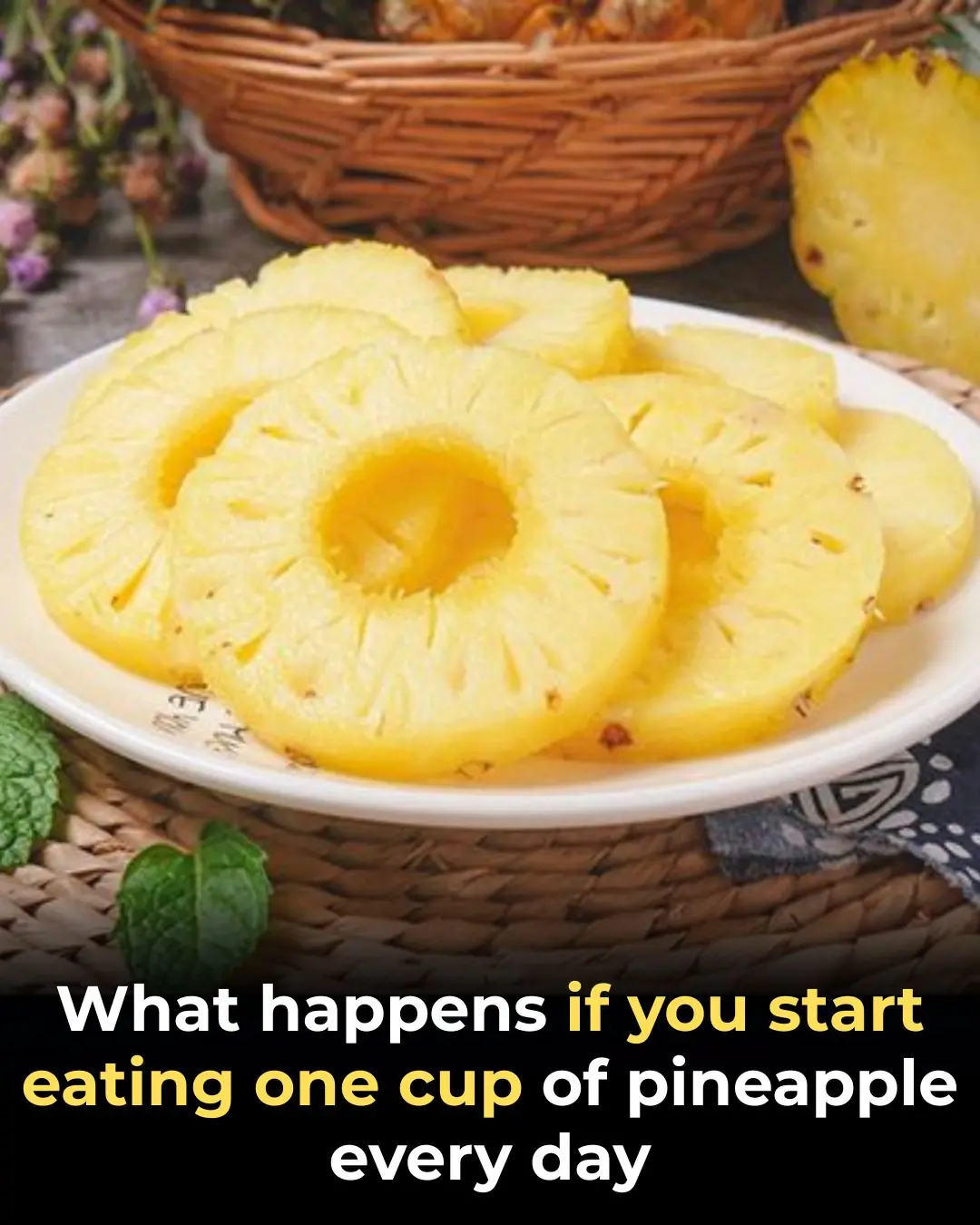
Powerful Health Benefits of Pineapple You Should Know
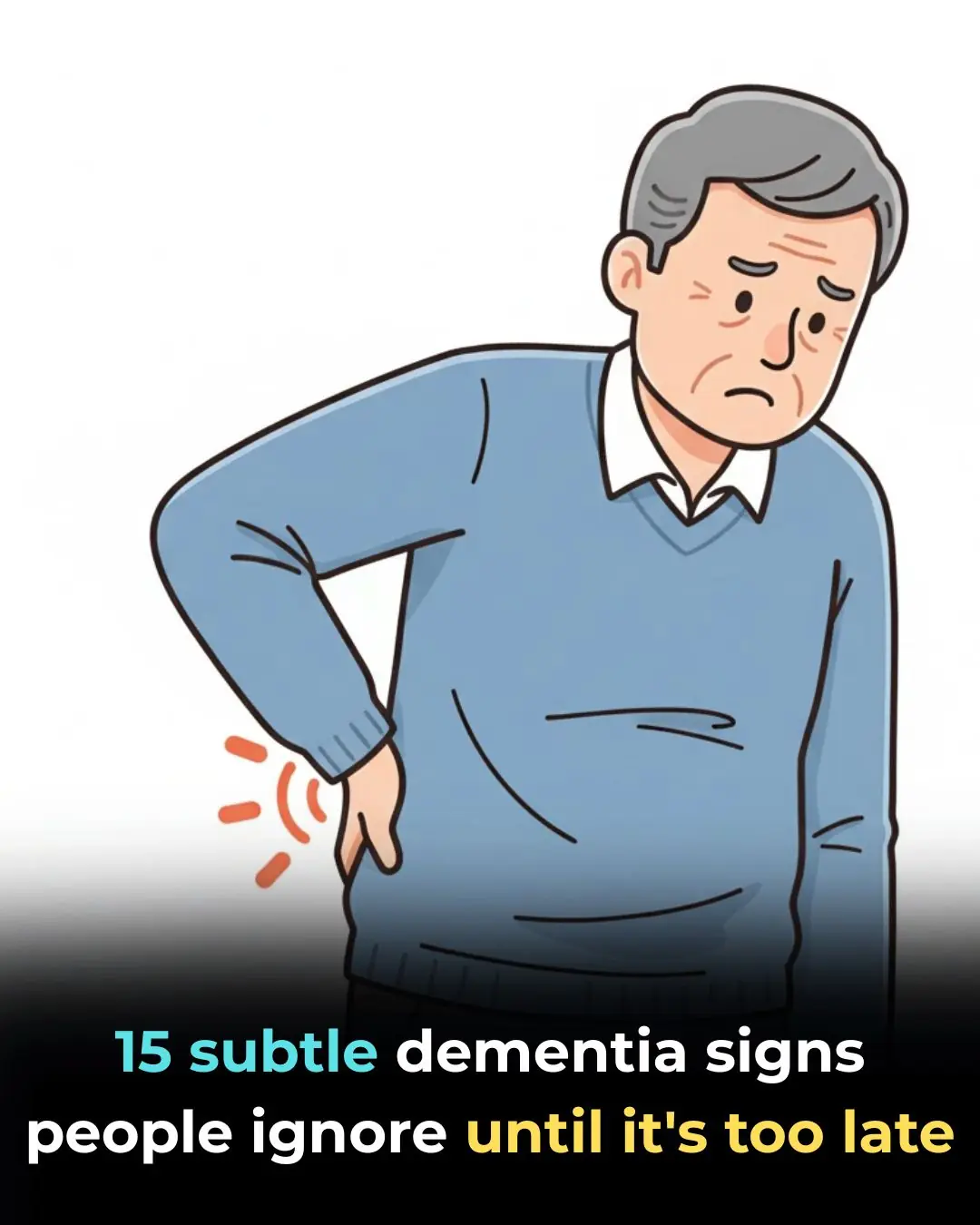
12 Early Warning Signs of Dementia You Shouldn’t Ignore

Why You Should Avoid Kissing Your Pet, Especially on the Mouth

Why Female Anacondas Sometimes Eat Their Mates: The Extreme Strategy Behind Survival
Why Female Anacondas Sometimes Eat Their Mates: The Extreme Strategy Behind Survival
Why Female Anacondas Sometimes Eat Their Mates: The Extreme Strategy Behind Survival
Why Female Anacondas Sometimes Eat Their Mates: The Extreme Strategy Behind Survival
Why Female Anacondas Sometimes Eat Their Mates: The Extreme Strategy Behind Survival
Why Female Anacondas Sometimes Eat Their Mates: The Extreme Strategy Behind Survival
Why Female Anacondas Sometimes Eat Their Mates: The Extreme Strategy Behind Survival
Why Female Anacondas Sometimes Eat Their Mates: The Extreme Strategy Behind Survival
Why Female Anacondas Sometimes Eat Their Mates: The Extreme Strategy Behind Survival
Why Female Anacondas Sometimes Eat Their Mates: The Extreme Strategy Behind Survival
Why Female Anacondas Sometimes Eat Their Mates: The Extreme Strategy Behind Survival
Why Female Anacondas Sometimes Eat Their Mates: The Extreme Strategy Behind Survival
Why Female Anacondas Sometimes Eat Their Mates: The Extreme Strategy Behind Survival
News Post
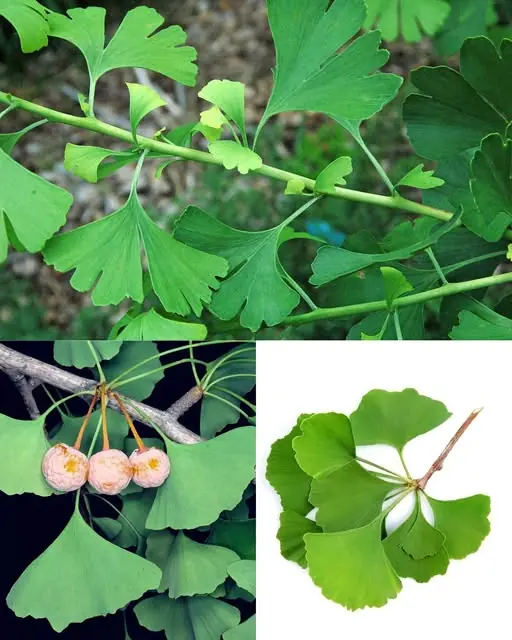
Ginkgo Biloba: Ancient Leaf, Modern Power — Health, Medical & Homemade Benefits

The Nighttime Guardians: How Humans Comfort Orphaned Baby Elephants

A Final Goodbye to Kira: Sixteen Years of Love, Loyalty, and Memories

13 Surprising Signs Your Body Is Crying Out for Hydration

Bella the Hero: How a Pit Bull’s Loyalty Saved a Life

How to dry clothes quickly and not smell bad even if it rains for days on end

After 450 Days of Waiting, Neo Finally Finds Home

Why Is Sebastian Telfair Back Living in the Projects After Nearly $19M in NBA Money?

The Revolutionary Legacy of The Alvin Ailey Dance Theater

The 'lightning-fast' secret to making sweet, flavorful Japanese-style sweet potatoes in just 5 minutes

For those who sleep with wet hair, you should know that…
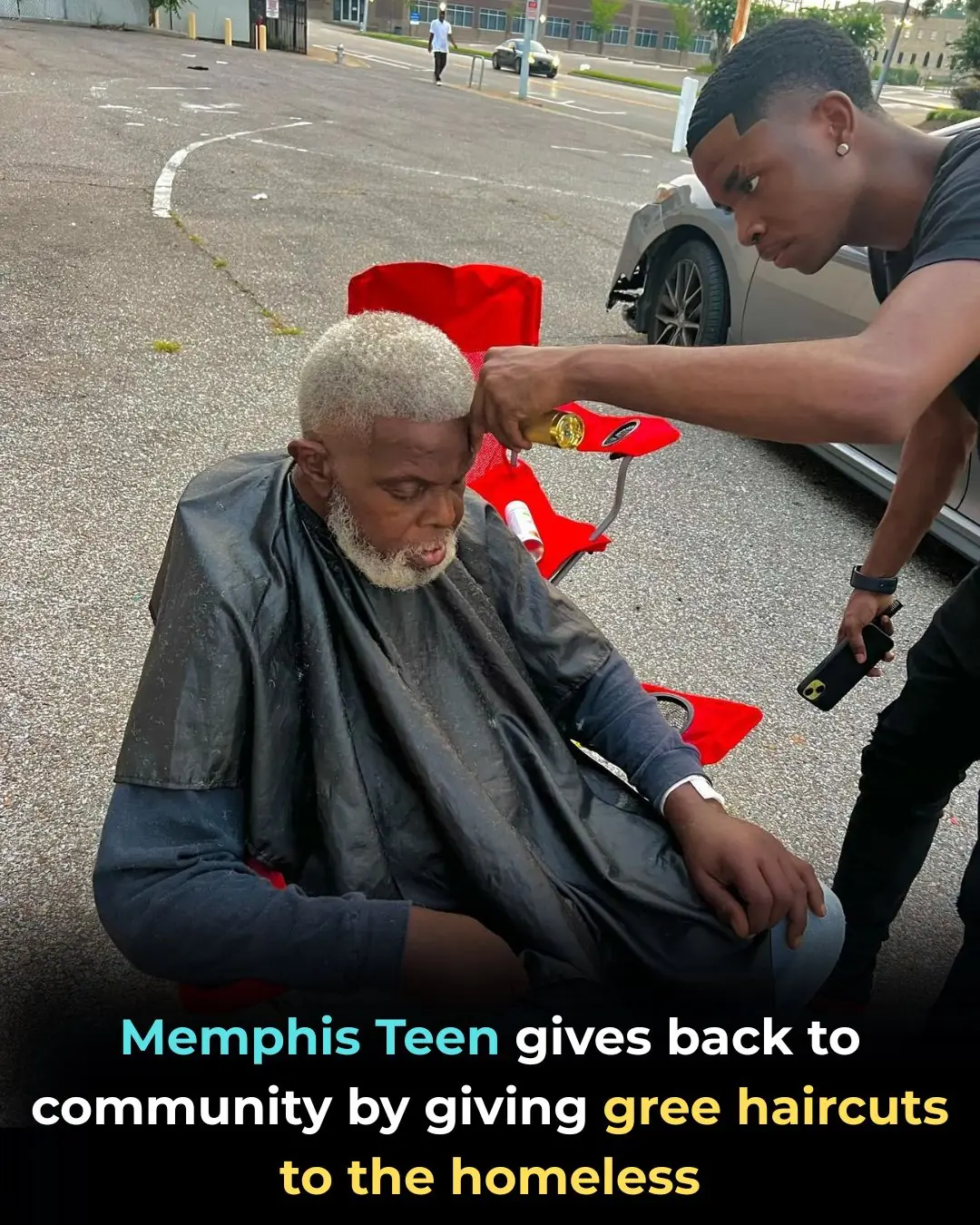
Memphis Teen Gives Back To Community By Giving Free Haircuts To The Homeless

Research reveals the #1 vitamin for eye protection
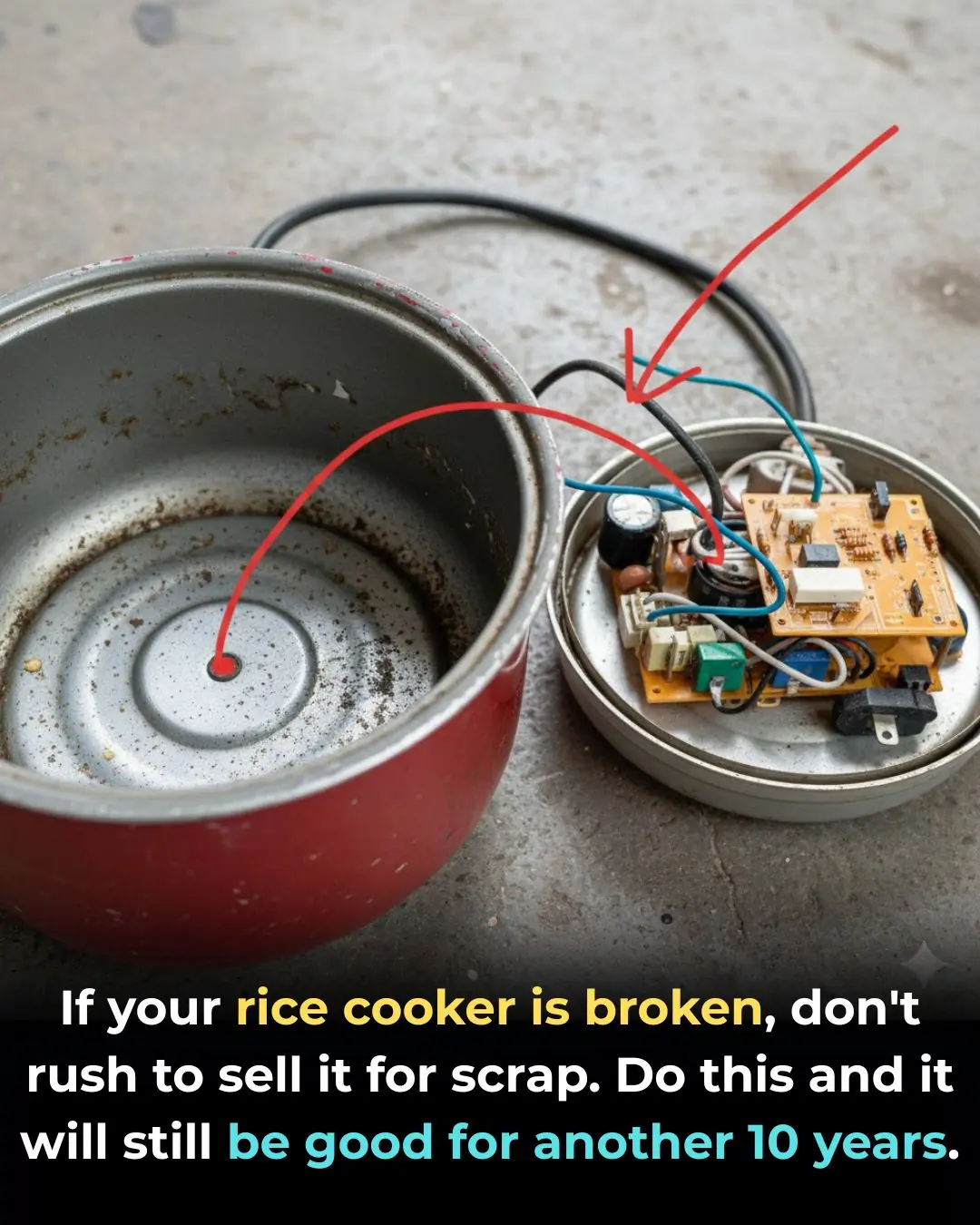
If your rice cooker is broken, don't rush to sell it for scrap. Do this and it will still be good for another 10 years.

Meet the Couple Making History as First Duo to Serve as HBCU Rectors Simultaneously

A Silent Plea from the Shelter: One Dog’s Hope for Home

Refrigerator has a small button that can save millions in electricity bill: Many people don't know this.

Rapper Lupe Fiasco Named Visiting Professor at Johns Hopkins’ Peabody Institute
